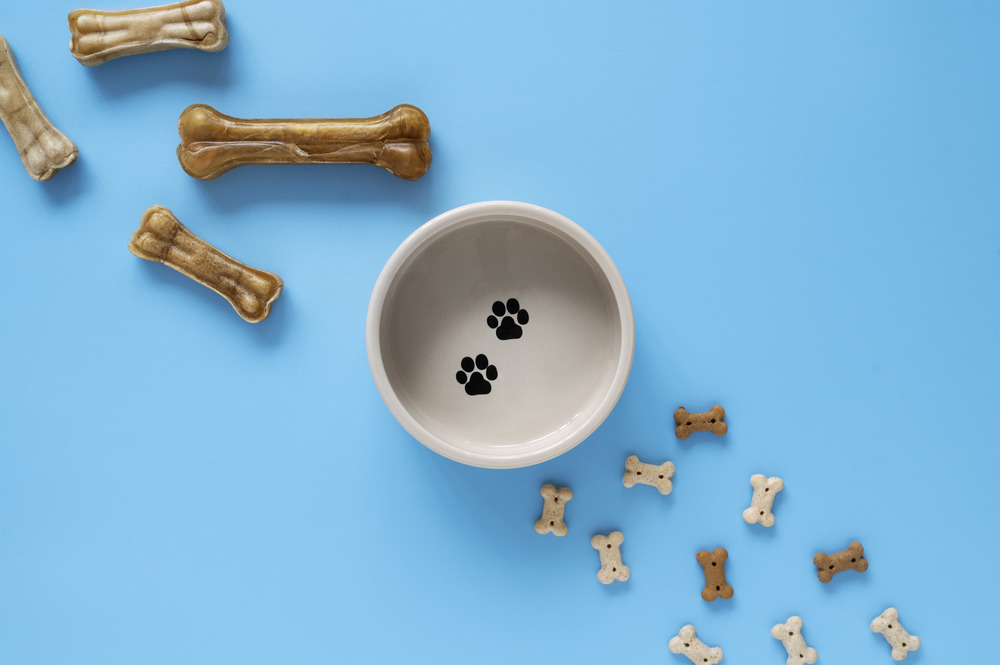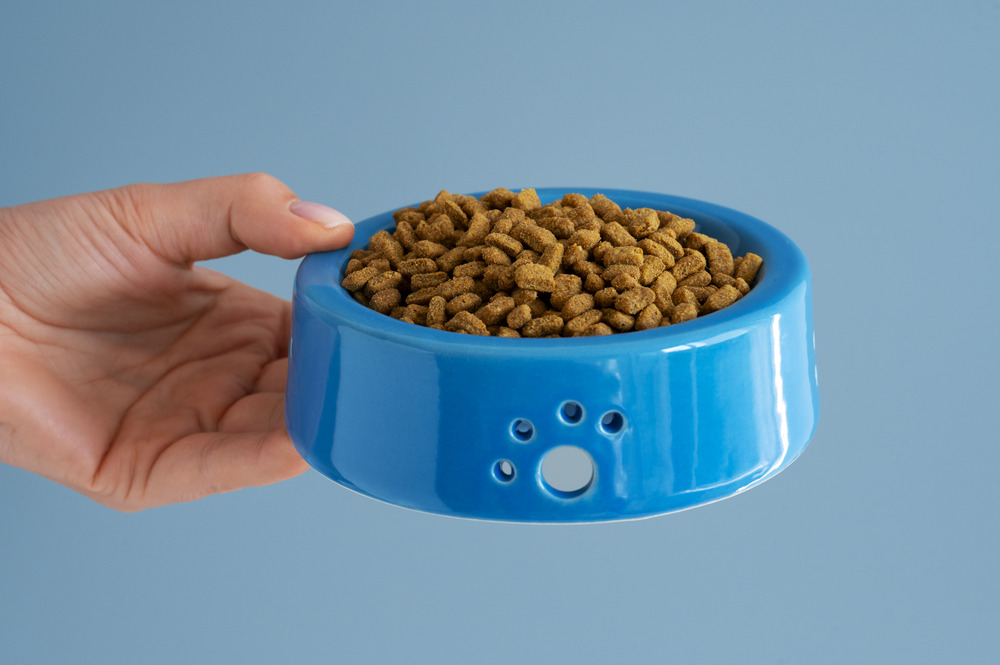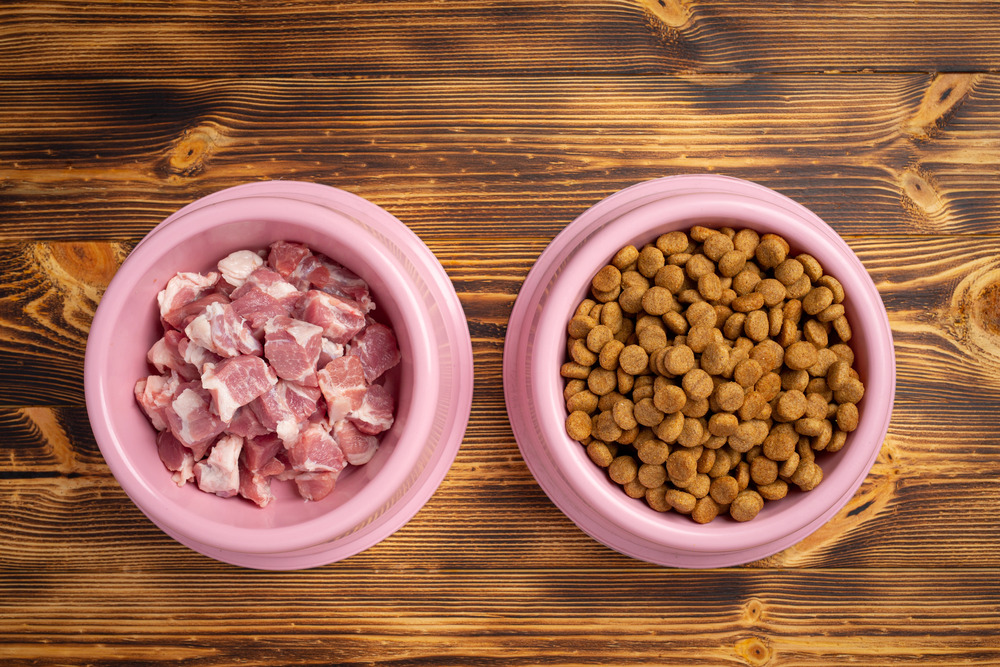When it comes to our beloved pets, understanding their nutritional needs is crucial for their health and well-being. Cats and dogs have different dietary requirements due to their unique biological and evolutionary backgrounds. In this blog, we will explore the key differences between cat and dog nutrition, backed by rich statistics and clear tables, to help pet owners make informed decisions. 🐾

Understanding the Basics of Pet Nutrition
Both cats and dogs require a balanced diet to thrive, but their nutritional needs vary significantly. Dogs are omnivores, which means they can eat a variety of foods, including meat, vegetables, and grains. On the other hand, cats are obligate carnivores, meaning they require a diet primarily composed of meat. This fundamental difference shapes their nutritional requirements.
Key Nutritional Components
Here are the essential nutrients that both cats and dogs need:
- Proteins: Essential for growth, maintenance, and repair of tissues.
- Fats: Provide energy and support cell structure.
- Carbohydrates: Serve as a source of energy, though not as critical for cats.
- Vitamins and Minerals: Vital for various bodily functions.
Nutritional Requirements Comparison
To illustrate the differences in nutritional needs, let’s take a look at the recommended daily intake of key nutrients for both cats and dogs.
| Nutrient | Cats (per kg) | Dogs (per kg) | 🐱 vs 🐶 |
|---|---|---|---|
| Protein | 5.5 g | 2.5 g | 🥩 |
| Fat | 1.5 g | 1 g | 🥓 |
| Carbohydrates | 0.5 g | 3 g | 🍞 |
| Fiber | 0.5 g | 2 g | 🌾 |
| Vitamins (A, D, E) | Varies | Varies | 🌟 |
As you can see, cats require significantly more protein and fat compared to dogs. This is because their bodies are designed to metabolize protein and fat more efficiently, which is essential for their energy needs and overall health.
The Role of Protein in Their Diets
Protein is a crucial component of both cats' and dogs' diets, but the source and amount differ. Cats need a higher percentage of protein in their diet, as they rely on it for energy and to maintain muscle mass. According to a study by the Association of American Feed Control Officials (AAFCO), adult cats require at least 26% protein in their diet, while adult dogs need around 18%.
Protein Sources
Here’s a breakdown of common protein sources for both pets:
| Protein Source | Cats (g) | Dogs (g) | 🐱 vs 🐶 |
|---|---|---|---|
| Chicken | 31 | 25 | 🍗 |
| Beef | 26 | 22 | 🥩 |
| Fish | 30 | 20 | 🐟 |
| Eggs | 13 | 12 | 🥚 |
Cats thrive on animal-based proteins, while dogs can benefit from both animal and plant-based proteins. This difference is essential for pet owners to consider when selecting food for their furry friends.
Fats: The Energy Source
Fats are another critical component of pet nutrition. They provide a concentrated source of energy and are necessary for the absorption of fat-soluble vitamins. Cats require a higher fat content in their diet compared to dogs, as they utilize fats more efficiently.
Recommended Fat Intake
| Fat Source | Cats (g) | Dogs (g) | 🐱 vs 🐶 |
|---|---|---|---|
| Fish Oil | 10 | 5 | 🐠 |
| Chicken Fat | 8 | 4 | 🍗 |
| Flaxseed Oil | 5 | 3 | 🌱 |
As shown in the table, cats benefit from higher fat sources, which help maintain their energy levels and support healthy skin and coat.
Carbohydrates: A Controversial Topic
While dogs can efficiently digest carbohydrates, cats have a limited ability to process them. Cats derive most of their energy from proteins and fats, making carbohydrates less essential in their diet. However, some commercial cat foods include carbohydrates for texture and palatability.
Carbohydrate Sources
| Carbohydrate Source | Cats (g) | Dogs (g) | 🐱 vs 🐶 |
|---|---|---|---|
| Rice | 10 | 20 | 🍚 |
| Corn | 5 | 15 | 🌽 |
| Potatoes | 8 | 12 | 🥔 |
For dogs, carbohydrates can be a valuable energy source, while for cats, they should be limited. This distinction is vital for pet owners when choosing the right food.
Conclusion
Understanding the key differences between cat and dog nutrition is essential for providing the best care for your pets. By recognizing their unique dietary needs, you can ensure they receive the right balance of nutrients for a healthy and happy life. 🐾
For more information on pet nutrition, you can visit PetMD or The American Kennel Club. These resources offer valuable insights into the best practices for feeding your furry companions.
In summary, remember that while both cats and dogs require a balanced diet, their nutritional needs are distinct. By paying attention to these differences, you can help your pets live their best lives! 🐶❤️🐱




